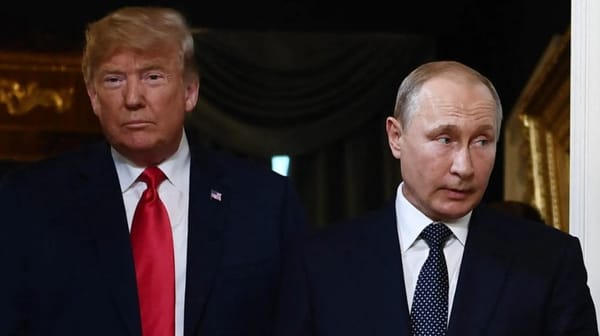The Looming U.S.-Japan Trade War: Causes, Consequences, and Strategic Implications

Executive Summary
As of April 2025, U.S.-Japan trade relations are at their most precarious point in decades. President Donald Trump’s administration has imposed sweeping tariffs on Japanese exports—most notably a 25% levy on automobiles and a 24% “reciprocal” tariff on all Japanese goods, with a 10% baseline tariff still in effect. These measures have shaken Japanese markets, threatened the country’s export-driven recovery, and triggered a scramble for diplomatic solutions in Tokyo. The U.S. is pressing for a reduction in its $68 billion trade deficit with Japan and greater access for American goods, while also linking trade negotiations to defense and currency issues. Japan, meanwhile, faces severe constraints: its economy is vulnerable to U.S. pressure, its options for retaliation are limited, and its alliance with Washington is the cornerstone of its security strategy. This report explores the origins, escalation, and potential consequences of a U.S.-Japan trade war, analyzing the economic, political, and strategic stakes for both countries and the global economy.




